DRIFT
November 30, 2012 – December 28, 2012 Ben Dowell, Stacy Fisher, Christian Sampson, James Woodfill and Matt Wycoff
Curated by Matt Wycoff

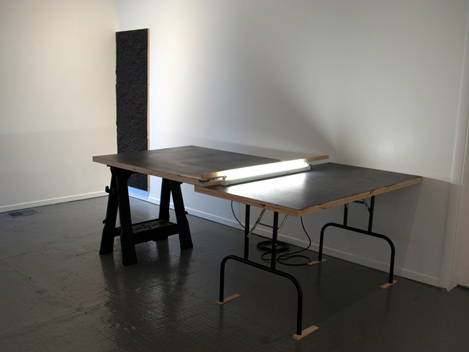
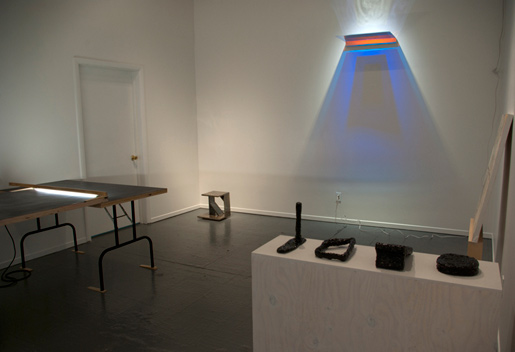
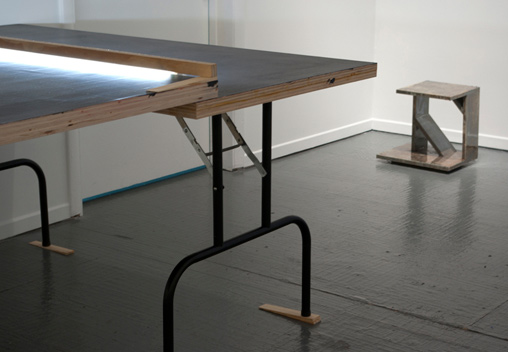
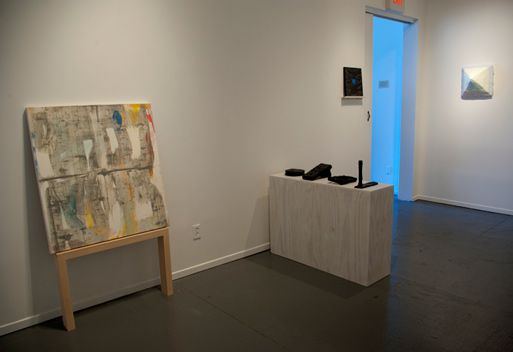
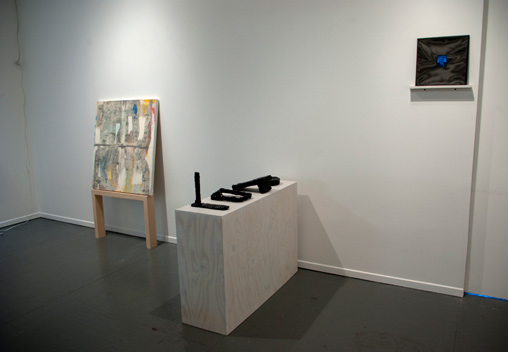
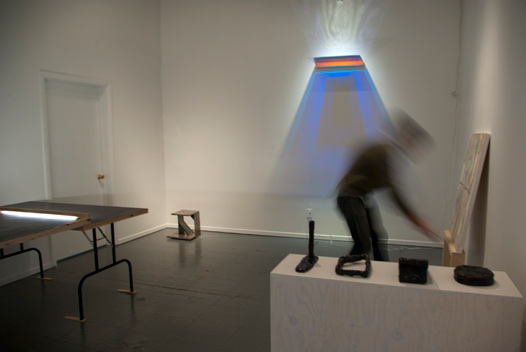
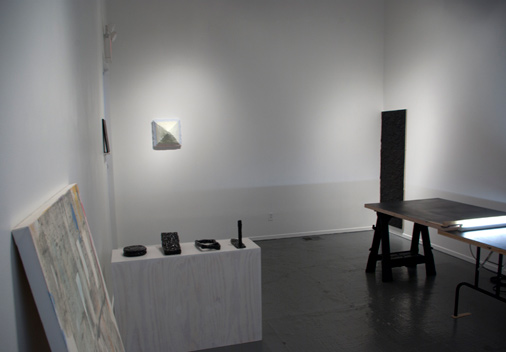
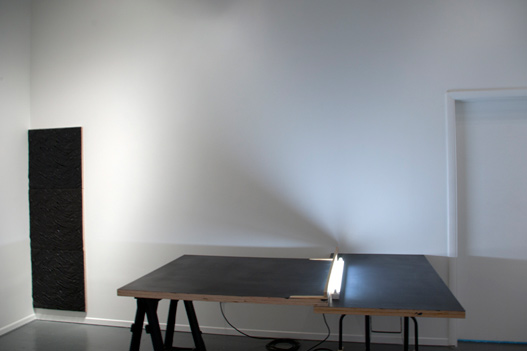


In his essay Modernist Painting, Clement Greenberg wrote, “modernist art develops out of the past without gap or break, and wherever it ends up it will never stop being intelligible in terms of the continuity of art.” This is the classic historicist interpretation of art. It assesses value and meaning by first establishing how A led to B. The apocryphal ‘who dripped first?’ question, which recently reemerged during the Abstract Expressionist New York exhibition at MoMA, is a good example. To that question in particular it’s tempting to ask, who cares? But what would it mean for how we understand art to abandon the linear, historicist model of assessing its meaning and quality?
Greenberg might have argued that to abandon the historicist model one would also have to abandon any measure of quality. He might have argued that such a view of art would lead to a situation where anything goes. In many ways we have found ourselves in just such a position: where the enormous scale of the art world precludes the coherence of any predominant style or school of art, where all forms and styles can be relevant and profitable and where the market plays a powerful role in determinations of quality. There is also less of a sense that artists are pushing back against any prevailing orthodoxy. Instead, there is a pervasive sense of pushing things around – not in any single direction, but in all directions simultaneously. The result is what can feel like a kind of horizontality, or lateral movement, rather than a single linear narrative.
DRIFT brings together five artists whose work moves fluidly across this new, more horizontal, narrative of art. Working within this frame of reference connects the works on view in new ways to the changing impacts of art historical paradigms such as expressionism, minimalism and installation. As the influences of these and other art histories have persisted within this larger frame they have begun to expand and overlap in all directions. Think ripples in a tub or water. Here, the directionality of progress maps onto the sense of lateral movement that feels so pervasive. It also connects the work of art more readily to contexts outside of art history. In his recent essay, Painting Beside Itself, David Joselit speaks of “transitive” artworks. “Transitive painting,” Joselit writes, “is [defined by] its capacity to hold in suspension the passages internal to a canvas, and those external to it.” This situation demands that the work of art participate in curating its own narratives and histories by which to be judged. And while all the works gathered here remain the specific solutions of individual artists, they also point toward ways of understanding an artwork’s quality and relevance by its dexterity – its ability to reflect on and operate in a world where histories and points of view are overlapping, competing and conflicting with increasing speed and consequence.
PRESS RELEASE
REVIEW